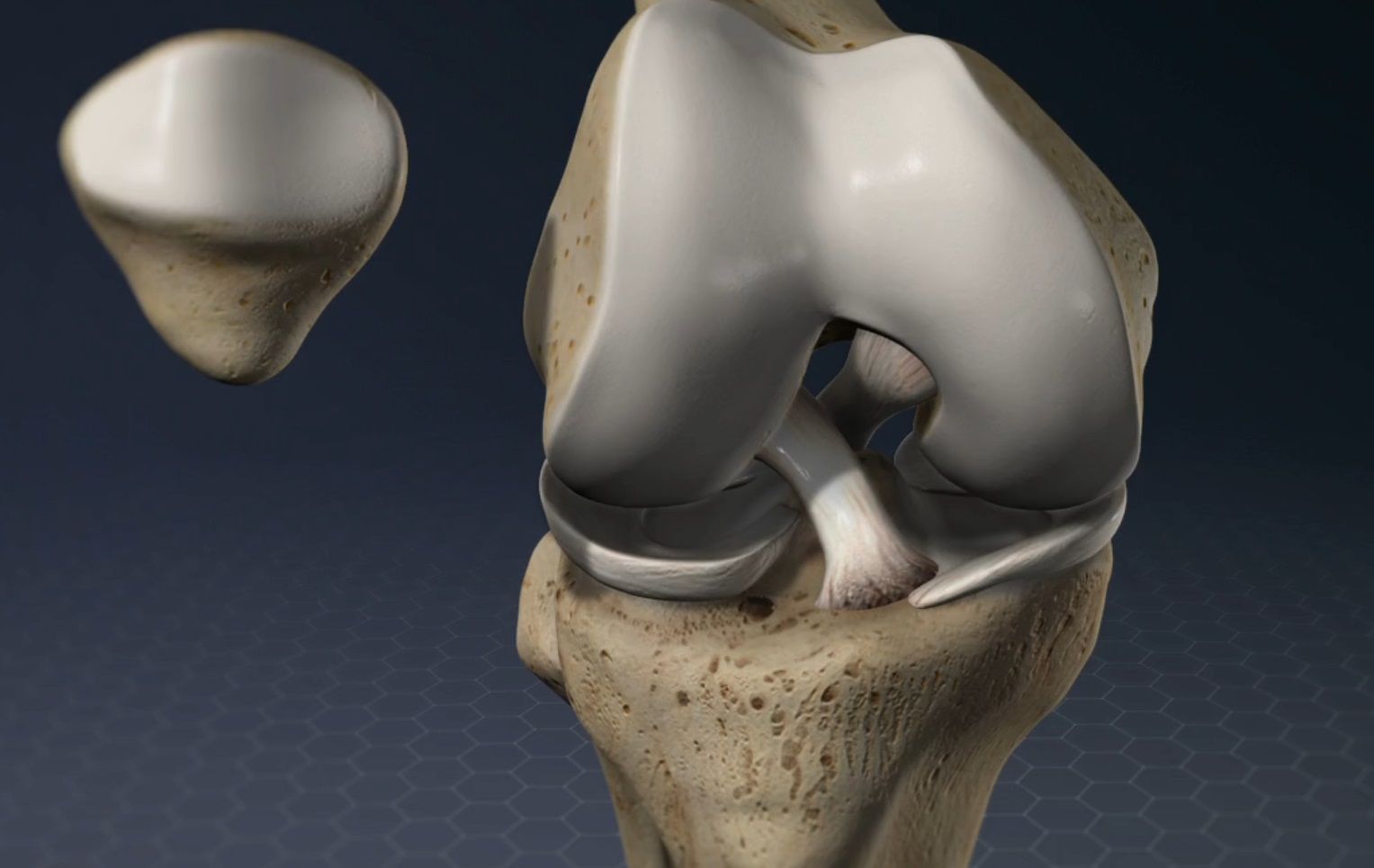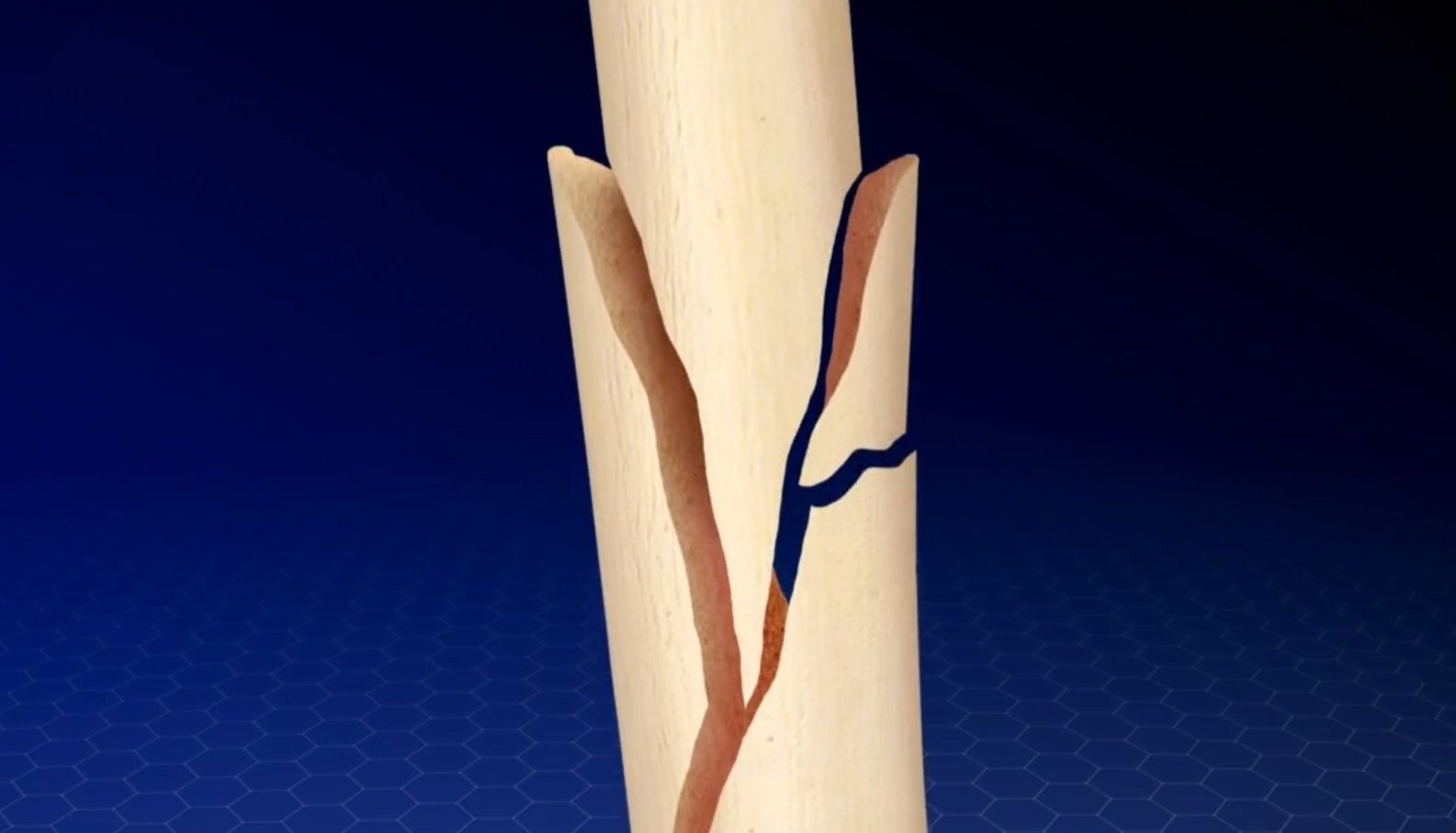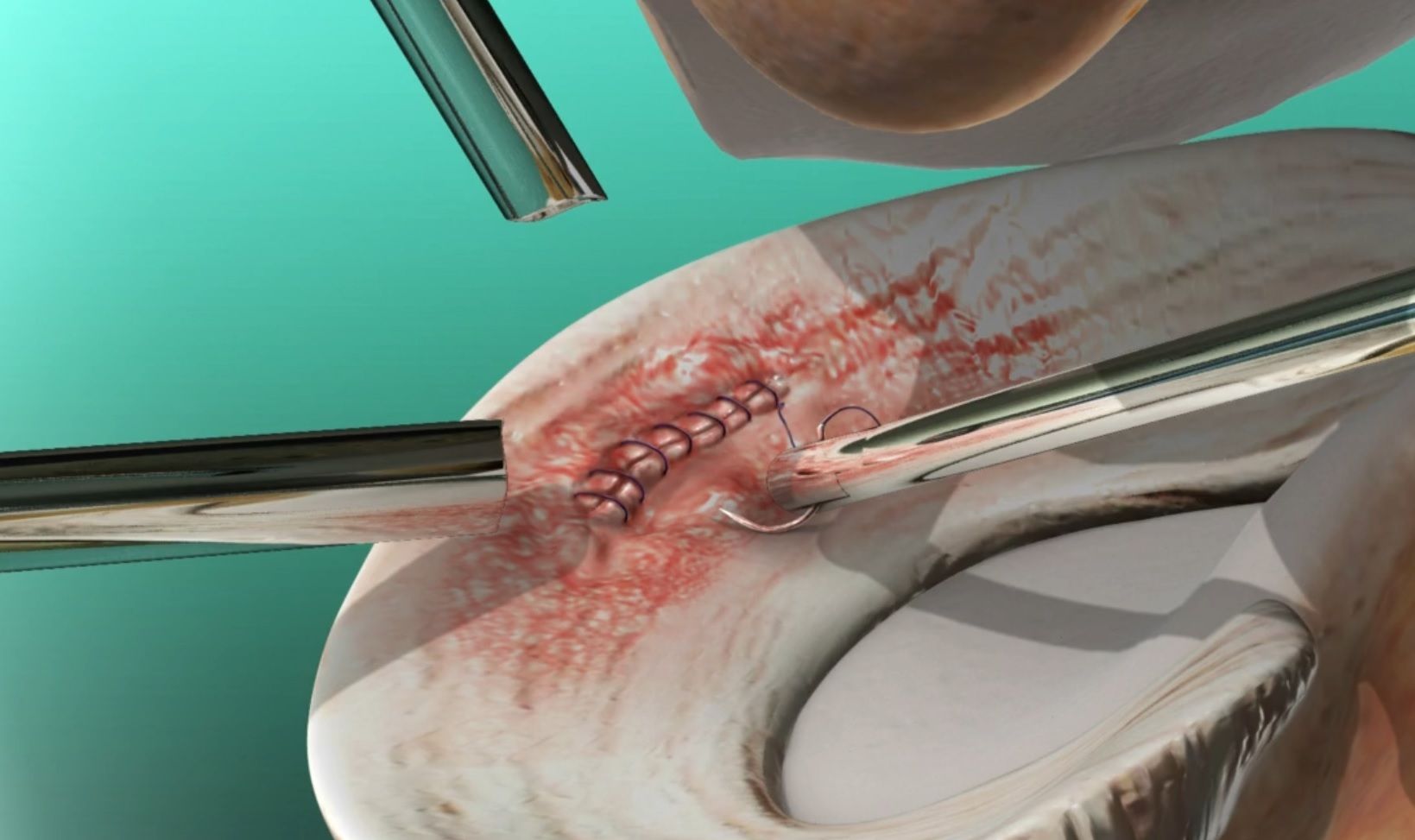Tibia Fractures
Tibia Fractures
Overview
The tibia is the larger of the two lower leg bones and is often called the shinbone. This strong bone supports most of your body weight, so fracturing the tibia can have painful consequences.
Causes
It takes a great deal of force to fracture a tibia. Car crashes and falls are a frequent cause. Tibias can fracture when snow skiing or participating in contact sports like football or soccer. Osteoporosis and other bone diseases can weaken the tibia and make it easier to break.
Types of Fractures
Like any bone, tibia fractures can vary. You can suffer a small crack in your tibia, or your tibia can snap in two. It can break into many pieces (comminuted fracture) and can puncture through the skin (compound fracture). Fractures near the top of the tibia can impact your knee functioning, whereas fractures toward the bottom of your tibia can damage your ankle joint.
Symptoms
Bones have nerves, so any fracture causes pain. A tibia fracture can cause leg swelling. You will have difficulty putting weight on your leg with a fractured tibia. You may even lose sensation in your foot.
Treatment
Depending on its severity, a tibia fracture may be treated by immobilization and casting, but may also require surgery to align the pieces and fix them into correct position with rods, screws, and plates.
Revised from www.viewmedica.com © Swarm Interactive. Unauthorized duplication is strictly forbidden.
- Category / Injury




